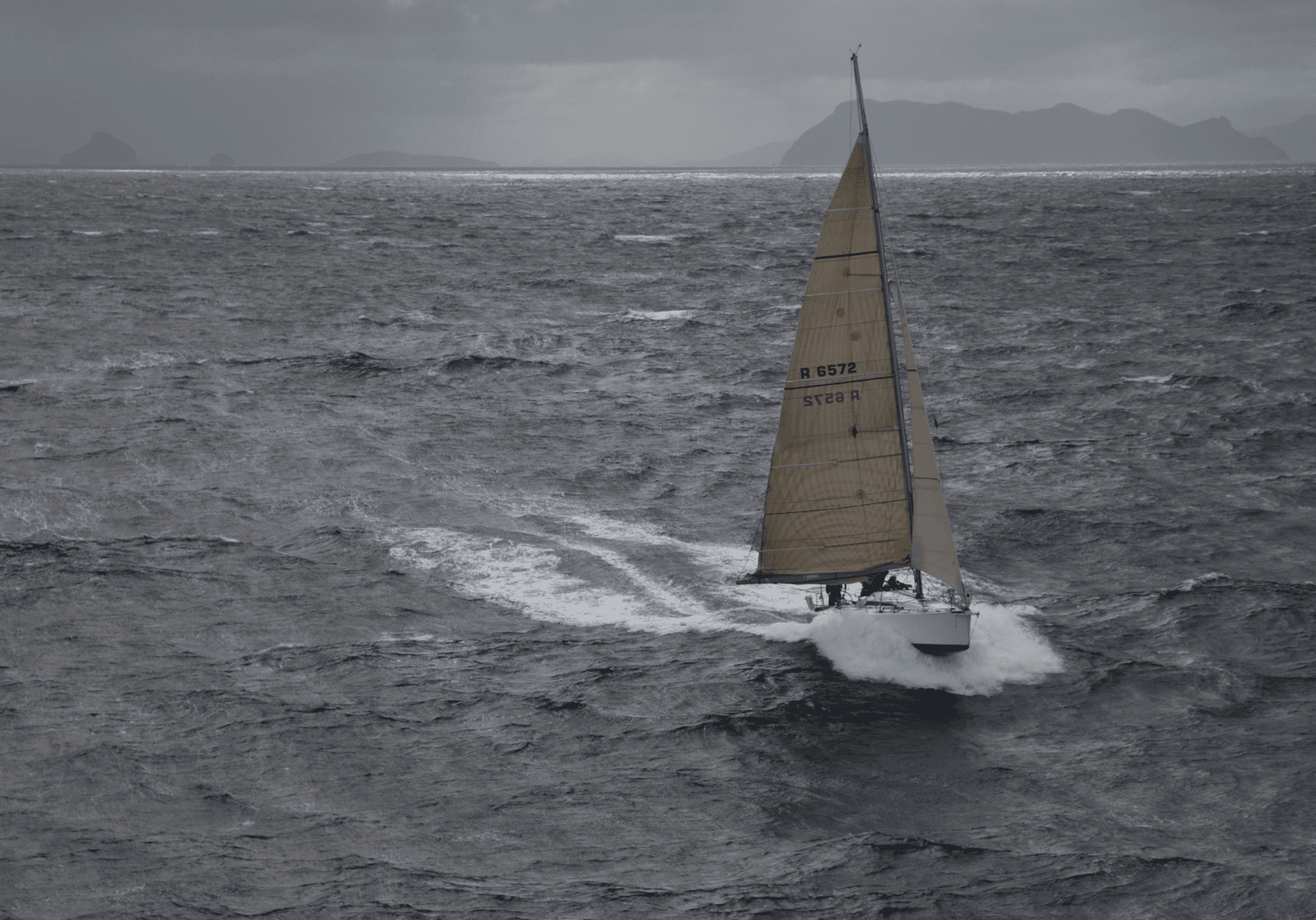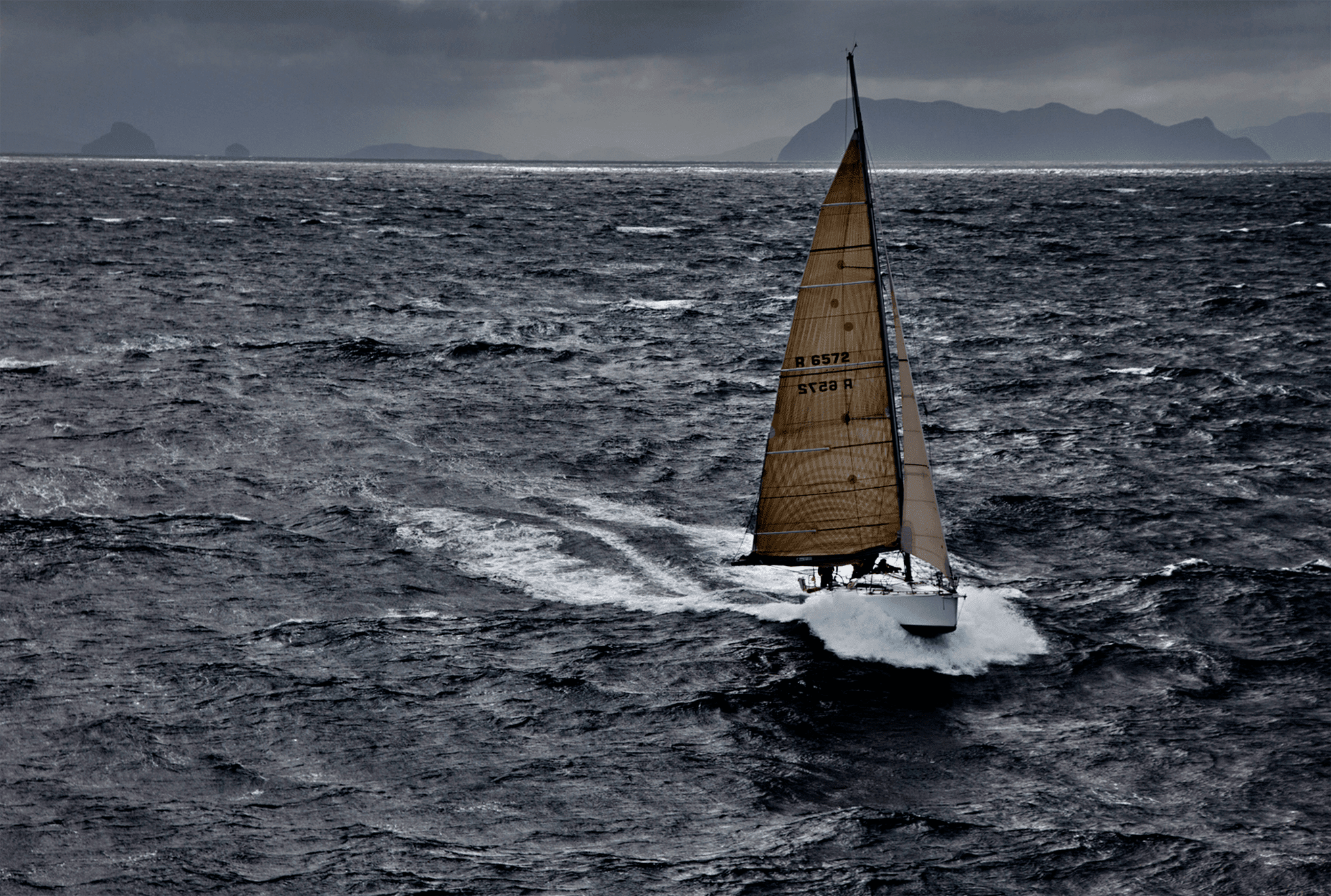The art of producing a fine art print
Printing a photograph is a far more challenging art form than most people realize. It takes an enormous amount of skill and practice to perfect. Personally, I believe printing an image well is more challenging than taking the photograph in the first place.

If producing a great photograph is like a musical score, making the print is the performance. Mozart’s most beautiful music can only be truly bought to life by the most talented musicians. Likewise doing justice to a great photograph through the printing process takes an incredible amount of skill. It is a craft in itself.
A great printer will lead your eye through the image. Draw out the emotion of the scene. Hold your attention. This is done through a balance of luminescence, contrast, control of colour, sharpness, light and shade.
The selection of paper is also an important consideration. Each paper has the ability to highlight and complement important elements of the image. The best modern photographic papers (media) meet museum standards for stability and longevity. They are the same type of papers that the best painters and drawers utilize, adapted to meet the requirements of fine art printing inks.
As with all art forms each fine art printer has their own unique style. When you purchase an image from a photographer, you are purchasing a work that they have composed with their photographic eye, incorporating their philosophy behind the camera. You are also purchasing a work that has been printed to tell the story that they want to tell with that image.
The print technique is as unique as the strokes made from a painters brush.
All painters use paint. It is how they apply it to the canvas and the feeling that the end result conveys that makes one artwork more saleable than another.
When I print a yachting image, I am interested in explaining the sea state. I want to convey the mood that is felt on the water.
Working the individual elements of the image can make a 2D photograph feel more three–dimensional. It encourages the eye to move around the image and into the detail as you would if you were seeing the scene firsthand.
Take this before and after example of Icefire. It shows the difference between the raw file and the finished image.
I photographed her off the South Coast of Tasmania during the 2010 Melbourne to Hobart Yacht race. It was late evening (these boats sail at night too) and there was a very stormy mood.

I wanted to convey the mood that was present when I took the shot. I wanted to draw the eye first to the yacht, the hero of the image, but then into the detail. I want people viewing this photograph to take in the rugged Tasmanian coastline, the light piercing through the storm clouds in the background and into the detail of the sea.
To begin with, I enhanced the colour in the sail on the yacht to draw the eye to where the action was taking place.
Then I brought out the dark highlights in the storm clouds and ocean. I also brightened the light on the waves and in the background. This gives crispness to the water around the yacht so that you can almost feel the spray. It also makes the sun piercing through the dark clouds in the background vivid.
This is an oversimplification of a very complex process.
The elements of the image that I highlight show you what I saw when I took the photograph. I saw a yacht in her element. Enjoying the rush of surfing the waves with the wind behind her sails. Making the most of the calm before the storm. Soon it will be dark and the heavens are about to open!
Client: Richard Bennett Photography